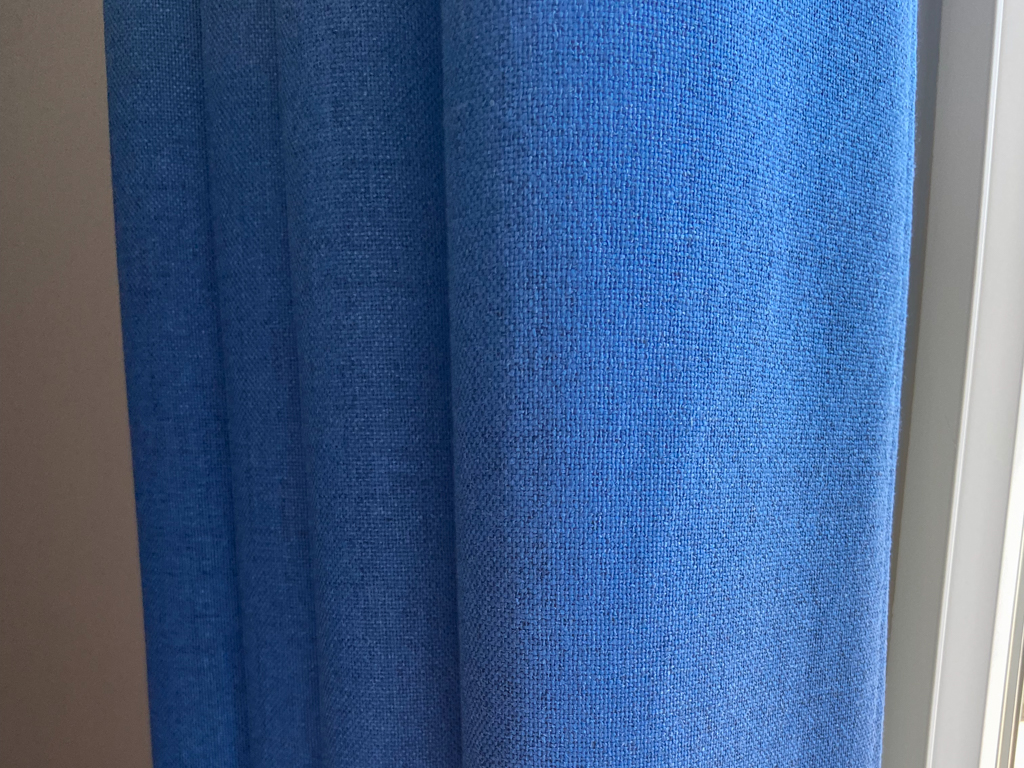Table Of Contents
- The Complete Guide to Steaming Curtains and How to Get the Best Results
- What is a Steamer and Why Should You Use It?
- What is the best steamer for curtains?
- How to Choose the Best Steamer for Curtains
- How to Steam Curtains with a Clothes Steamer
- How to Steam Curtains with a Curtain Steamer
- The Ultimate Guide on How To Steam Curtains
- Creator Spotlight Video: Mistakes to avoid when hanging curtains
The Complete Guide to Steaming Curtains and How to Get the Best Results
Steamers are a great way to get the wrinkles out of your curtains. They are also a great way to remove any dust or dirt that has accumulated on the fabric.
Steamers work by heating up water and then releasing it in a fine mist onto the fabric. The heat from the steam will cause the water to evaporate, which will in turn cause the fabric to become wet and warm. This process will help loosen up any wrinkles or creases that may be present on your curtains.
There are many different types of steamers available for purchase, but not all of them are created equal. Some steamers can be used for multiple purposes, while others are designed specifically for curtains and draperies.
What is a Steamer and Why Should You Use It?

A steamer is a device that uses steam to clean clothes, curtains, and other fabrics. It is a great alternative to dry cleaning because it doesn’t use any chemicals or detergents.
The steamer can be used for many different purposes. It can be used to remove wrinkles from clothes, clean upholstery and carpets, and even sanitize surfaces in the kitchen.
What is the best steamer for curtains?
A steamer is a device that uses steam to remove wrinkles from clothes and curtains. It is a great way to get rid of wrinkles without using an iron.
There are many different types of steamers on the market, but not all of them are suitable for curtains. The best steamer for curtains should be able to produce a lot of steam and have a long enough hose so you can reach the top of the curtain.
How to Choose the Best Steamer for Curtains
A steamer is a device that uses steam to remove wrinkles from clothes and curtains. It is a great way to get rid of wrinkles without using an iron.
There are many different types of steamers on the market, so it can be difficult to choose the best one for your needs. The first thing you should do is figure out what type of steamer you need. There are handheld steamers, which are great for small jobs like removing wrinkles from clothes or curtains. There are also full-sized steamers, which can be used in the home or office and have more features than handheld models.
The next step is figuring out how much money you want to spend on your steamer. If you want a high-quality product that will last for years, then you should invest
How to Steam Curtains with a Clothes Steamer
Steamers are a great way to freshen up your curtains. They can be used on any fabric, and they are especially useful for removing wrinkles from curtains.
The first step is to fill the steamer with water and plug it in. You will want to make sure that the steamer is not too close to the curtain, as this could cause it to melt or burn.
Next, you will want to turn on the steamer and wait for it to heat up. Once it is hot enough, you can start steaming your curtains by holding the nozzle close to them and moving it around in a circular motion.
How to Steam Curtains with a Curtain Steamer
Steamers are a great way to clean and freshen up your curtains. They can also be used to remove wrinkles from the fabric.
The first step is to fill the water tank with cold water and plug in the steamer. The next step is to turn on the steamer and wait for it to heat up. Once it’s heated, you can start steaming your curtains by holding the nozzle close to them and moving it around. You should steam both sides of the curtain, as well as any folds or pleats in the fabric.
The Ultimate Guide on How To Steam Curtains
Steam curtains are a great way to freshen up your home. They can be used to remove odors, kill bacteria, and remove allergens.
The first step is to measure the length of the curtain. You will need a measuring tape and a pencil or pen. Measure from the top of the curtain rod down to where you want the bottom of the curtain to be.
Next, measure how wide you want your curtains to be. This measurement should be taken from one side of the window frame across to the other side of the window frame.